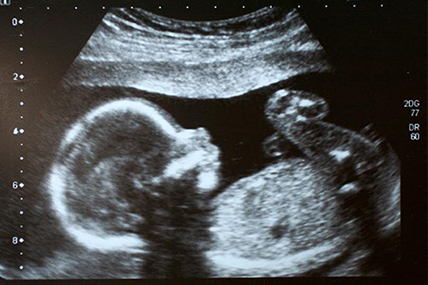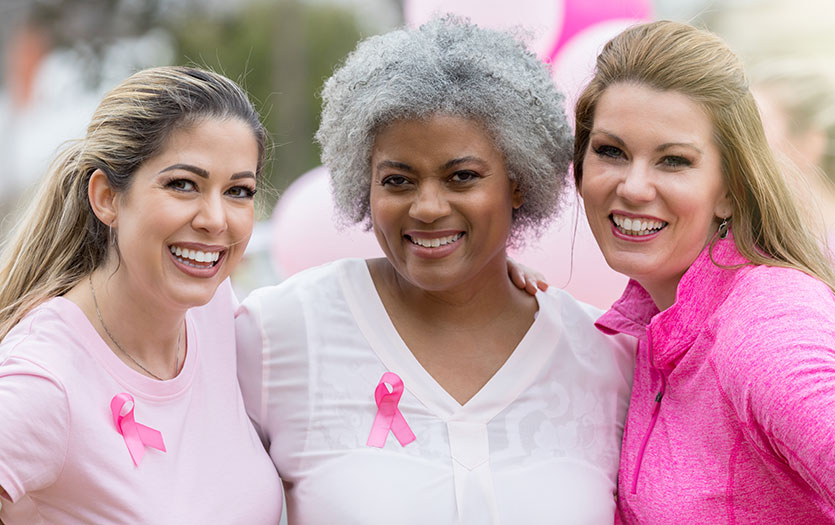Mom
Your pregnancy is roughly divided into three periods:
- The first trimester — conception to week 12 of the pregnancy
- The second trimester — 13 to 27 weeks of pregnancy
- The third trimester — week 28 of pregnancy until birth
Normal changes you can expect during your second trimester include:
- Improved energy
- Weight gain
- Increased blood volume – By the end of your pregnancy, you may gain four pounds in increased blood volume, and an additional three pounds in fluid.
- Swelling of the feet
- Skin changes – because of increasing hormonal levels:
- your face may appear flushed (as if you are blushing)
- you may develop blotchy, brown, dull discoloration in pigment (called the mask of pregnancy)
- you may develop a light rosy or dark brown line (linea negra) from the pubic bone to the belly button
- Stretch marks on the abdomen, thighs or breasts
- Varicose veins (veins that appear enlarged or close to the skin, especially in the legs) may appear. To help reduce varicose veins, limit the amount of time you stand and elevate your legs when sitting.
Exercise
Exercise is an important component of a healthy pregnancy. It may help reduce pregnancy-related problems, such as excess weight gain, varicose veins, problems sleeping and constipation. Exercise can also help to prepare you for delivery, as well as advance your postpartum recovery. Please consult your physician prior to starting an exercise program.
Second Trimester — Baby

Your baby is rapidly growing during the second trimester.
Month 4
- Your baby measures 6 or 7 inches in length, weighs about 6 to 7 ounces and is developing reflexes such as sucking and swallowing.
- Gender is identifiable
- Tooth buds and sweat glands begin to form
- Fingers and toes are well defined
- Skin is transparent and covered with soft, silky hair
Month 5
- Your baby is approximately 8 to 10 inches long, weighs about 1 pound, and has a body covered with lanugo (woolly hair).
- Hair begins to grow on the head
- Internal organs begin to mature
- Eyebrows, eyelids and eyelashes appear
- You may feel your baby moving or "quickening"— infrequent fluttering until month six
Month 6
- By the end of month six, your baby is 11 to 14 inches long, weighs about 1.75 to 2 pounds and has skin that is covered with vernix (waxy protective coating).
- Eyelids begin to part
- Eyes open occasionally for short periods of time
- Your baby is able to hiccup.



